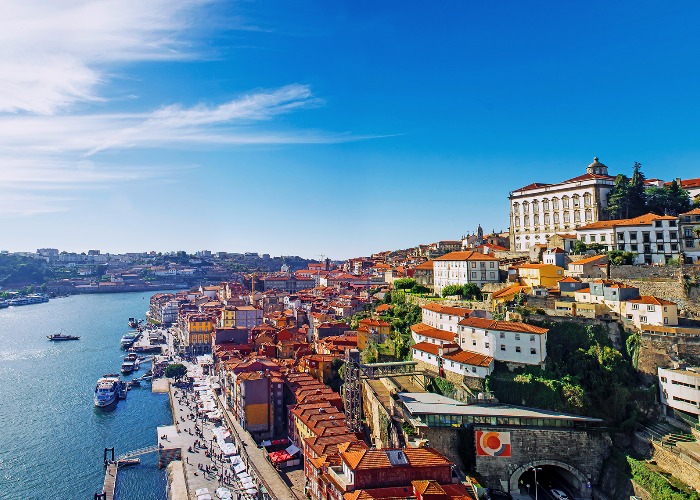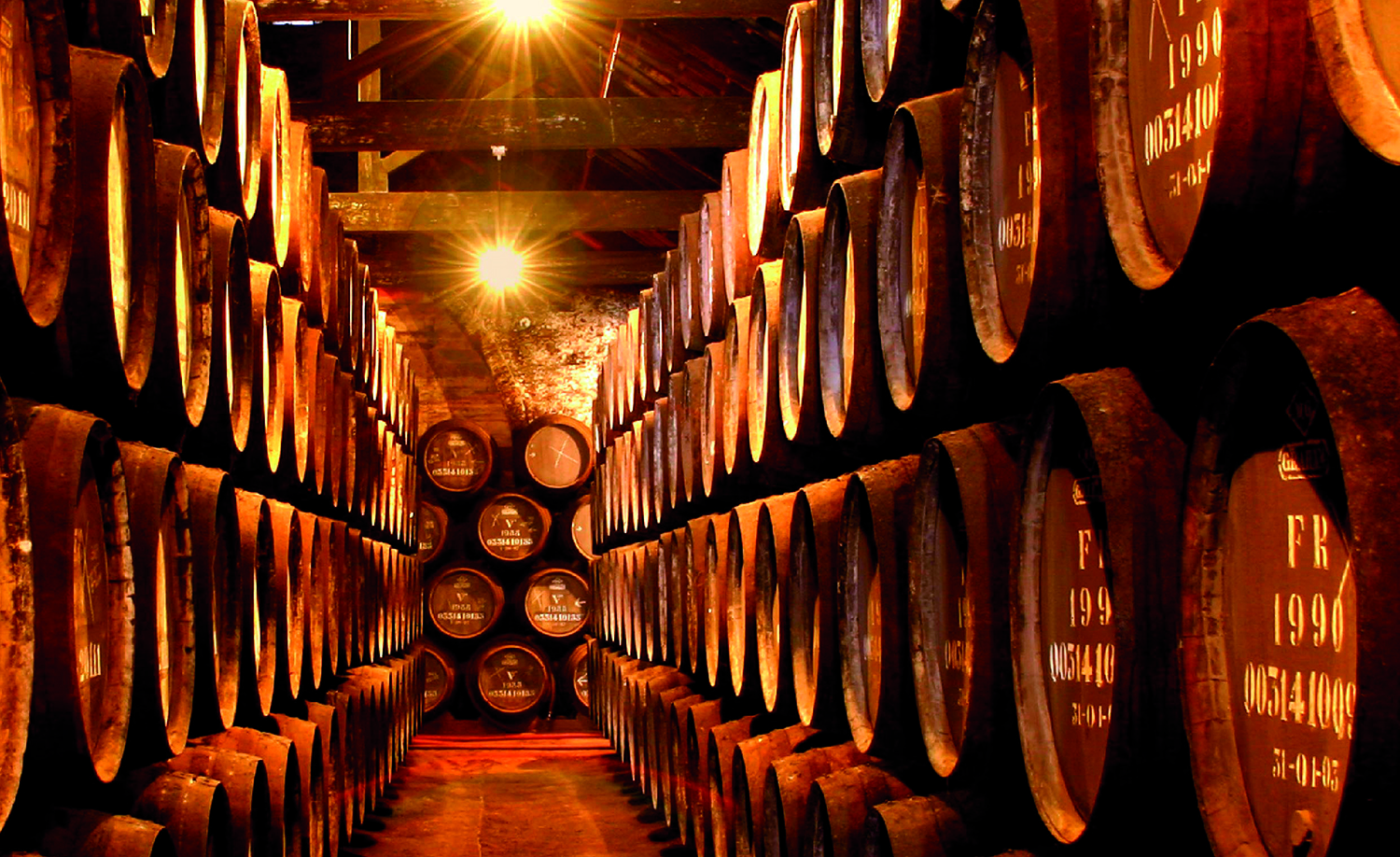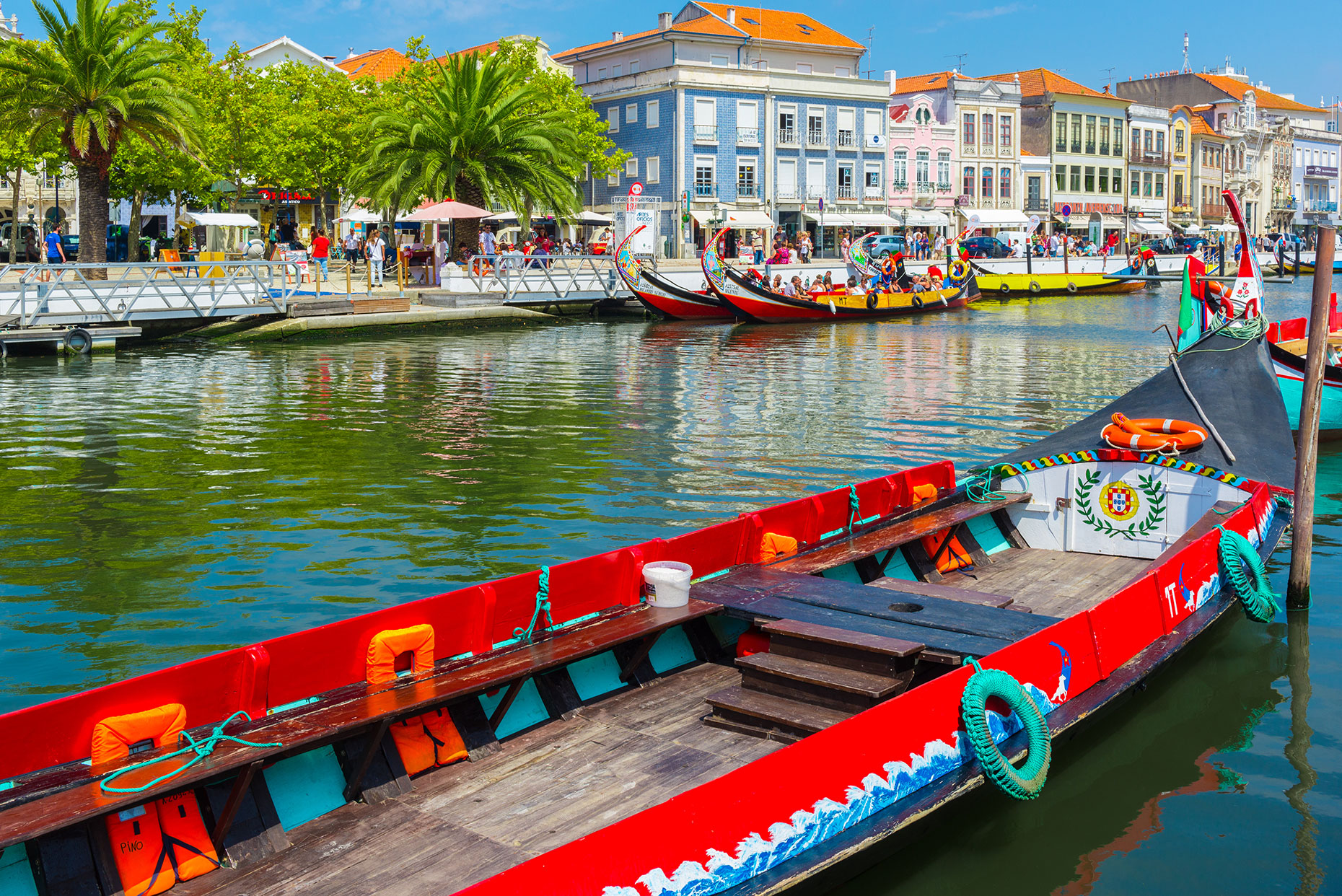Explore Porto: places to visit, what to do and where to stay

Famous for the fortified wine that leaves its riverside cellars to be transported around the world, Portugal’s second city is undergoing a revival.
Sections
Introducing Porto
Famous for the fortified wine that leaves its riverside cellars to be transported around the world, Porto is Portugal’s second city. Once down at heel, it is currently undergoing a revival and winning the hearts of visitors with its compelling contrasts between tradition and innovation in everything from food and wine to architecture, art and transport.
With a UNESCO World Heritage historical centre, revamped downtown and a thriving arts district, Porto offers temptations for culture vultures of all ages. If the art and architecture don’t appeal, allow the the Douro River to draw you towards the Ribeira and Vila Nova de Gaia areas for port wine tasting, people watching and a boat tour of Porto’s six bridges.
Our city guide explains what there is to see, do and eat and recommends the best places to stay to suit different budgets.
5 essential things to do in Porto
With a history dating back to pre-Roman times, Porto is not short of attractions. Don’t leave without trying these:
1. Go beyond ruby
Take a tour of one of the port wine cellars in Vila Nova de Gaia to learn about white, tawny and even pink ports. Begin to appreciate the difference between various ruby ports and the significance of the ageing process.
 Associação de Turismo do Porto e Norte/Flickr
Associação de Turismo do Porto e Norte/Flickr
2. Climb the highest tower
Porto has plenty of great views but the best are at the top of Clérigos church tower. The reward for climbing around 200 steps up the city’s tallest tower is a 360º view of the city.
3. Explore a Harry Potter-esque bookstore
Lello bookstore is one of the world’s most beautiful you’ll quickly understand how it inspired J.K.Rowling while she was writing her Harry Potter series. You’ll need to pay to get in, it’s that popular, although the entrance fee is discounted against purchases.
4. Marvel at the decorative train station
Whether you need to use São Bento train station to travel anywhere or not, be sure to pop inside to see the hand-painted ceramic panels that illustrate significant moments in Portuguese history.
 Alvaro German Vilela/Shutterstock
Alvaro German Vilela/Shutterstock
5. Relax by the river
Once a busy riverside port area, Porto’s colourful Ribeira district is now teeming with cafés and restaurants. Stroll by the river or grab a seat to admire the views and watch the world go by with a glass of port tonic.
4 alternative Porto highlights
If you’d rather escape the crowds, consider these alternative sights:
1. See history at Casa do Infante
The thick granite walls of the former customs house contain a story that dates back to Roman times, offering a deep insight into Porto’s past. See how the building changed over the centuries from a Roman house to medieval palace, customs house and royal mint. It’s also where intrepid explorer, Prince Henry the Navigator, was born.
2. See the city from Serra do Pilar Monastery
The best place for views of Porto from the other side of the Douro River is the circular church of Serra do Pilar Monastery, perched on the hill above Dom Luís I bridge.
 Fernando Jose V. Soares/Shutterstock
Fernando Jose V. Soares/Shutterstock
3. Enjoy contemporary art & architecture
Allow half a day to fully appreciate the modern architecture, Art Deco palace and extensive gardens at Serralves, not to mention the constantly changing art exhibitions within.
4. Cycle to the beach
Hire a bike and pedal along the river all the way around to the fishing and seaside resort town of Foz, passing a couple of fortresses on the way.
Map of Porto
Navigate to all our favourite places in Porto with this handy map:
Where to stay in Porto
Splash out:
1. Somewhere to wine down: Technically, Porto’s best hotel is not in Porto but across the river in Vila Nova de Gaia. Wine is the obvious theme throughout The Yeatman, an award-winning luxury hotel. Even the pool is shaped like a decanter.
2. For historical charm: Elegance abounds in this beautifully restored palace overlooking the Douro River. Pousada Palácio do Freixo offers first class service and oozes historical charm. The distance from the city centre is covered by a shuttle service.
3. For a great location: Another restored palace, Intercontinental Palácio das Cardosas is in the very heart of Porto’s historical centre. With the classy interior, onsite spa and restaurant, it makes a perfectly luxurious base for exploring on foot.
Without breaking the bank:
1. For a central stay: Hotel Dom Henrique offers ample, comfortable modern rooms in a central location. Best of all is its panoramic rooftop bar, with views to rival those of Clérigos Tower.
2. For a great garden: Experience the Belle Epoque charms of Porto’s oldest hotel, Grande Hotel de Paris, also blessed with a delightful garden in which to unwind.
3. For river views: River views don’t always come with an extortionate price tag. Ribeira do Porto Hotel, a traditional stone building, houses a value for money 3-star hotel in one of the liveliest parts of Porto’s old town.
Where to eat in Porto
1. Go local: If you’re new to Portuguese food, then tapas (petiscos in Portuguese), especially those from Tapabento, are a fun way of sampling a range of flavours. For no-frills, hearty Portuguese food from a family-run restaurant, Taberna Santo António is the place to go.
2. Charming cafés: Porto’s most famous café is the Belle Époque Café Majestic where waistcoat-wearing servers deliver coffee and cakes in a storybook setting. Less formal but just as attractive is the Art Nouveau Confeitaria do Bolhão, which has a wider selection of fresh pastries and a ‘menu do dia’ lunchtime option.
3. Gourmet dining: The thick stone walls of Paparico create an intimate ambience in which to savour Chef Henrique Teixeira’s artistic cuisine and the accompanying wine list. Alternatively, Rui Paulo’s DOP offers a brighter, more modern setting in which to enjoy exquisite food and top Portuguese wines.
Insider Porto travel tips
1. Save your legs: Porto rises up from the river banks so it’s hard to completely avoid hills. Funicular dos Guindais, located behind Dom Luís I bridge, is not only an easy way of tackling them, it also offers fantastic views on the short journey.
2. Look out for street art: The city council has long recognised the value of quality urban art so you’ll see plenty of examples by renowned artists such as Hazul, Costah and Vhils on walls and even phone boxes.
 Elena Dojour/Shutterstock
Elena Dojour/Shutterstock
3. Cheaper transport: Using an Andante card is the cheapest way to pay for public transport. It works on the tram, too, so you can pay half the price of an on board ticket with a little forward planning.
Porto day trips
Allow at least two days to fully appreciate Porto, but if you have a little extra time, try one of these escapes from the city:
1. Sample wines in the Douro wine region
Explore the world’s oldest demarcated wine region and its UNESCO World Heritage landscapes on a tour of the Douro Valley. Take the train (two and a half hours) or a guided tour with transfers from Porto to sample the wines in situ.
2. Explore Portugal’s roots
The picture postcard, UNESCO World Heritage city of Guimarães is hailed as the birthplace of Portugal’s first king. Around 75 minutes by train from Porto, or just under an hour by car, its attractive historical centre and castle can be visited independently or combined with the similarly attractive city of Braga on an organised tour.
3. Visit the Venice of Portugal
Despite the canals, Aveiro is no Venice, but it is a pretty city with an abundance of Art Nouveau architecture, patterned pavements, a strong fishing culture and a nature reserve in the lagoons. About 45 minutes by train or car, visiting the city centre is easy on your own although several guided tours run from Porto.
 Alberto Loyo/Shutterstock
Alberto Loyo/Shutterstock
When to go to Porto
Porto makes for a satisfying city break at any time of year, although winters (November to February) can be cold, wet and blustery at times.
Make sure your accommodation has heating or air conditioning for hotter months like July and August when temperatures can soar above 30ºC. While there’s always a risk of rain, April to June and September to October are wonderful times to visit in terms of smaller crowds and comfortable temperatures. Always check the weather forecast before packing and even then, be prepared for four seasons in one day.
How to get to Porto
Porto airport receives an increasing number of daily international and domestic flights. There are flights between Porto and other Portuguese cities such as Lisbon and Faro, as well as the islands of the Azores and Madeira.
A metro line into the city centre begins at the airport and takes around 45 minutes. There are shuttle buses as well as taxis and Uber. Good motorways, train and coach connections make it easy to get to the rest of the country and Spain.
Comments
Be the first to comment
Do you want to comment on this article? You need to be signed in for this feature